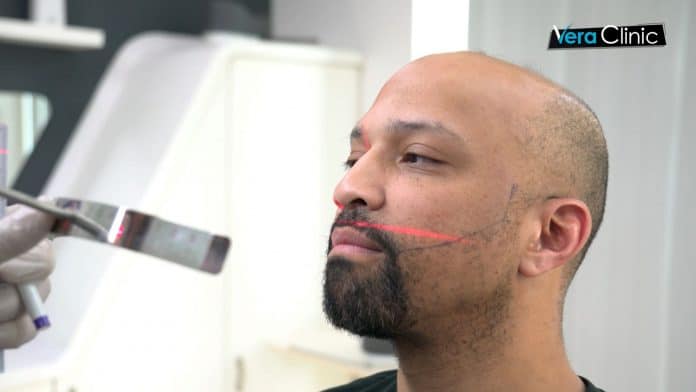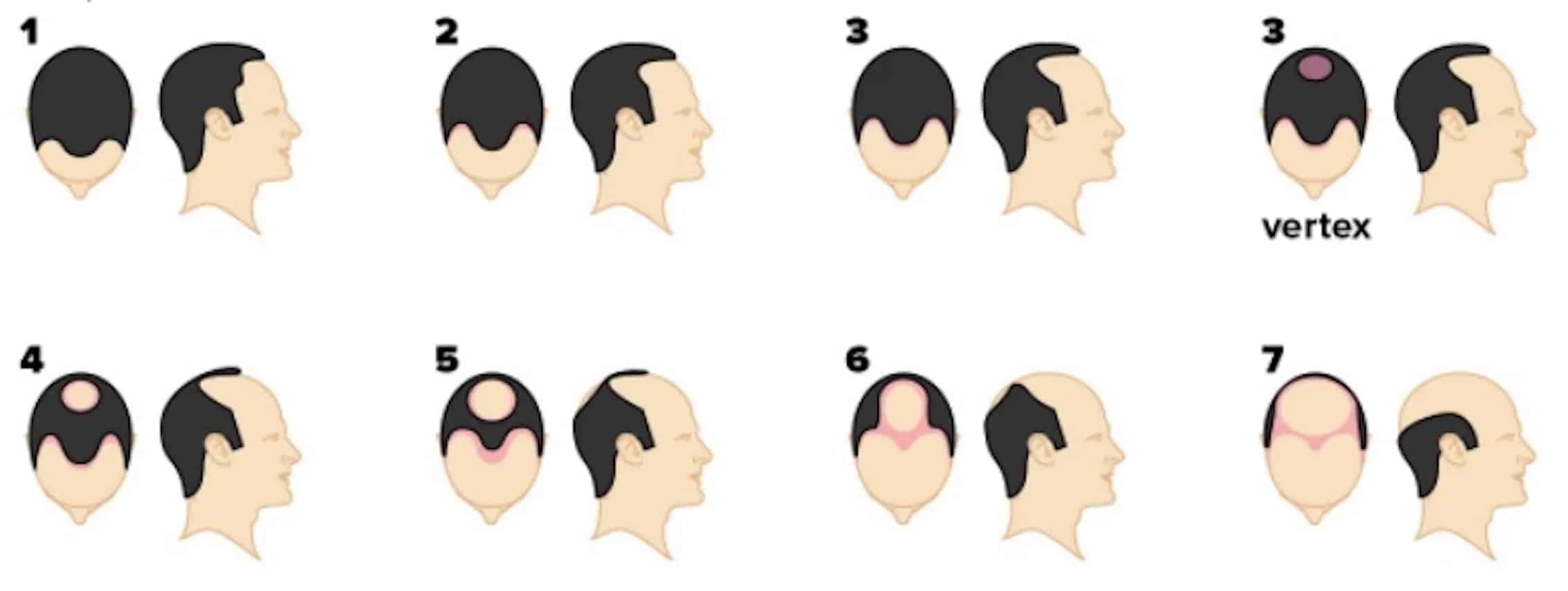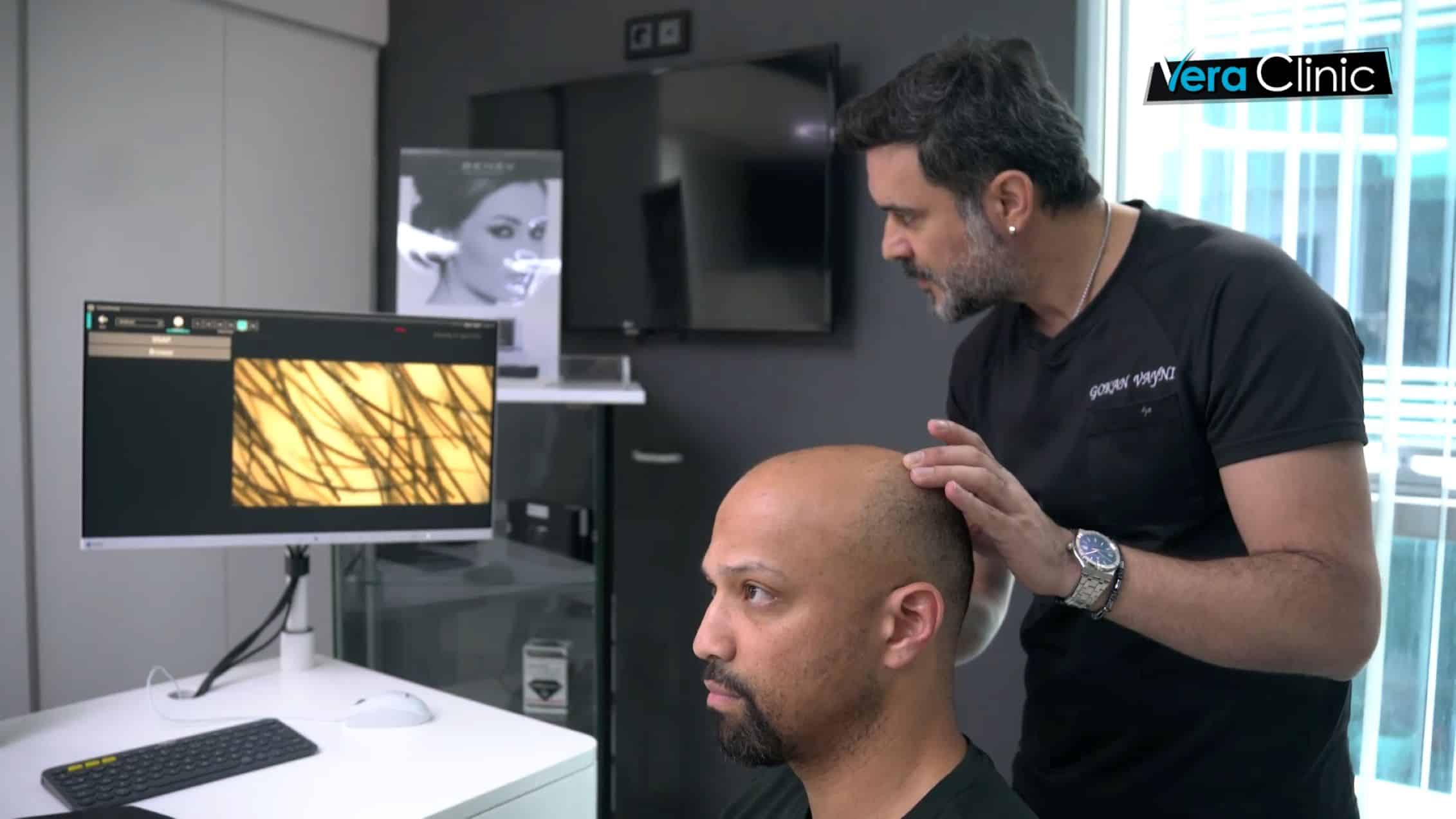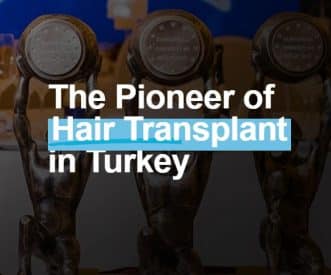
Are you getting the right treatment?
Hair transplant surgery is a transformative solution for those experiencing hair loss, which is an issue that can be caused by anything from stress to anabolic steroids. While topical remedies are available, they are not always the best, and thus people will use hair transplants. Understanding the intricacies of hair grafts and the number of grafts needed is pivotal in this process. Factors like baldness level and transplantation techniques play a crucial role in determining the optimal graft count. By delving into the specifics of these components, individuals can make well-informed decisions about their hair restoration journey.
Let’s explore the world of these procedures, from graft calculations to post-surgery care and realistic outcomes.
Understanding Hair Grafts and Hair Transplant Surgery
Hair grafts are crucial in hair transplant surgery, representing the transferred hair follicles. Understanding the difference between hair grafts and hair follicles is fundamental. Factors such as pattern baldness influence the number of grafts needed. Techniques like FUE and FUT have revolutionized hair transplants. Advancements in technology have made procedures more effective. Knowing the nuances of hair grafts is key to planning a successful hair transplant surgery. Proper planning and consultation ensure the best outcomes for prospective patients.
What is a Hair Graft?
A hair graft is a tissue containing hair follicles transplanted during a hair transplant surgery. It is the basic unit of hair transplantation, ensuring natural-looking results. Understanding this foundational concept is crucial for those considering this procedure.
The Difference Between Hair Graft and Hair Follicle
Hair grafts are the tissue units transplanted during a hair transplant, containing one or more hair follicles. In contrast, hair follicles are the structures responsible for hair growth, comprising the hair shaft and surrounding tissues. Understanding this dissimilarity is crucial for grasping the intricacies of a successful procedure. The distinction lies in the fact that hair grafts encompass not only the follicles but also the supporting tissues required for transplantation to the recipient site.
Determining Your Hair Graft Needs
Factors such as the extent of hair loss and the size of the area to be treated play a crucial role in determining the number of hair grafts needed for a successful. The Norwood Scale is often used to assess the progression of hair loss and determine the appropriate graft count. By analyzing these factors, along with the density and thickness of your hair, a skilled surgeon can provide you with a personalized treatment plan tailored to your specific needs.
Factors Influencing the Number of Grafts Required
Genetics, hair thickness, and the extent of baldness are key factors affecting the required graft count for a hair transplant. Individuals with severe baldness may need more grafts to achieve desired density. Additionally, hair characteristics like curliness impact the appearance of fullness post-surgery. Consulting with a hair transplant surgeon for a personalized assessment considering these factors is crucial in determining the precise number of grafts needed for optimal results.
Hair Graft Calculation Based on Baldness Level
To determine the number of hair grafts needed based on baldness level, the Norwood scale is commonly used. This scale assesses the progression of hair loss from slight recession to extensive balding. Typically, higher Norwood stages require more grafts for adequate coverage. A comprehensive hair analysis considering the size and pattern of baldness is crucial for an accurate calculation. Consulting with a hair transplant surgeon for a personalized assessment based on the extent of hair loss is the most reliable way to determine the graft count needed.
Types of Hair Transplant Techniques
Follicular Unit Extraction (FUE) and Follicular Unit Transplantation (FUT) are two primary types of hair transplant techniques. FUE involves individual hair follicle extraction from the donor area, while FUT harvests a strip of skin with hair follicles. Technological advancements have made FUE procedures more popular due to minimal scarring and quicker recovery times. However, FUT remains a viable option for larger transplant sessions. Understanding these techniques helps in choosing the most suitable method for your hair restoration needs.
Follicular Unit Extraction (FUE) vs. Follicular Unit Transplantation (FUT)
Follicular Unit Extraction (FUE) involves harvesting individual hair follicles, typically from the back of the head, for transplantation. In contrast, Follicular Unit Transplantation (FUT) entails removing a strip of scalp to extract donor follicles. FUE is known for its minimally invasive nature and absence of linear scarring, while FUT may be more suitable for patients requiring a larger number of grafts. It’s essential to discuss with a hair transplant surgeon which technique aligns best with your specific needs.
Advances in Hair Transplant Technology
Robust advancements in hair transplant technology have revolutionized the field. Techniques like Follicular Unit Extraction (FUE) and Follicular Unit Transplantation (FUT) offer precision and natural-looking results. Improved tools and methodologies optimize the process, ensuring better outcomes for patients. The evolution in technology has significantly enhanced the success rates and patient satisfaction levels in these procedures, making it a viable solution for individuals dealing with hair loss. These innovations underscore the continuous improvement and progression within the hair restoration industry.
Planning Your Hair Transplant
The planning phase of your hair transplant is crucial. During the consultation, the surgeon assesses your hair loss and discusses realistic expectations. Preparing for surgery involves understanding post-operative care and recovery protocols. It’s essential to have a clear understanding of the entire process to make an informed decision. Taking these steps ensures a smoother experience and better outcomes in your hair restoration journey. Plan effectively to embark on your path to regaining confidence through a successful hair transplant procedure.
The Consultation Process
During the consultation process for one of these procedures, the surgeon assesses the extent of hair loss, evaluates the donor area for graft availability, and discusses realistic expectations. It’s crucial to ask questions about the procedure, clarify doubts, and understand the cost factors. This initial meeting helps both the surgeon and the patient to plan the hair transplant effectively. The consultation stage sets the foundation for a successful hair restoration journey.
Preparing for Surgery
Before undergoing hair transplant surgery, it’s vital to prepare adequately. Follow your surgeon’s guidance on any pre-operative instructions, which may include avoiding blood-thinning medications and alcohol. Ensure to arrange for transportation to and from the clinic as you may not be able to drive after the procedure. Mentally prepare yourself for the surgery and have realistic expectations regarding the outcome and recovery process. Lastly, gather all necessary supplies and information about post-operative care to facilitate a smooth recovery.
Hair Transplant Procedure Explained
The hair transplant procedure involves extracting hair grafts from the donor area, typically the back of the head, and transplanting them to the balding or thinning areas on the scalp. The surgeon carefully places the grafts in a way that mimics natural hair growth patterns. This process requires precision to ensure the transplanted hair blends seamlessly with existing hair. Post-surgery, the transplanted hair sheds before new growth begins, leading to a gradual improvement in hair density and appearance.
Step-by-Step Hair Transplant Process
Once the anesthesia takes effect, the hair transplant process begins. Surgeons extract individual hair grafts from the donor area, typically situated at the back of the head. Using advanced techniques like Follicular Unit Extraction (FUE) or Follicular Unit Transplantation (FUT), they meticulously implant grafts into the recipient sites on the scalp. The strategic placement ensures natural-looking results. Post-surgery, care instructions are provided to optimize healing and encourage hair growth
Post-Surgery Care and Recovery
After a hair transplant, proper post-surgery care is crucial for optimal results. It’s essential to follow the guidelines provided by your surgeon diligently. This includes avoiding strenuous activities and following a prescribed medication regimen. Regularly washing your scalp gently and protecting it from direct sunlight are recommended. Be mindful of any potential side effects and keep your follow-up appointments to monitor progress. Remember, patience is key as the transplanted hair gradually grows back, leading to a natural-looking outcome.
Risks and Considerations
Potential side effects might include swelling or itching post-surgery. To mitigate risks, choose a reputable surgeon and clinic. Proper research is vital to make an informed decision. Complications are rare, but unforeseen issues can arise. Selecting the right clinic and surgeon is crucial for a successful outcome. Prioritize your safety and well-being by thoroughly understanding the risks involved in the hair transplant process. Careful consideration and planning can ensure a positive experience and satisfactory results.
Potential Side Effects and How to Mitigate Them
Some potential side effects of hair transplant surgery include swelling, bruising, itching, and scarring. To mitigate these effects, following post-operative care instructions is crucial. Avoiding strenuous activities, protecting the scalp from direct sunlight, and taking prescribed medications can aid in reducing discomfort and promoting proper healing. It’s essential to communicate openly with your surgeon about any concerns or unexpected reactions for timely intervention and resolution. By adhering to the recommended guidelines, you can minimize the occurrence and impact of side effects, ensuring a smoother recovery process.
Vera Clinic
Vera Clinic has been providing hair transplant operations for a decade and is staffed with the best hair transplant doctors in Turkey. The Clinic has been on the rise, being the best hair transplant clinic in Turkey since it was established.
When choosing the right surgeon and clinic for your hair transplant, if you want a procedure of this nature and looking for the best results, look no further than Vera Clinic, in Turkey. You may be asking yourself, why would I go to Turkey? Or, how much is a hair transplant in Turkey? They come with expertise and dedication to patient care, they stand out as the top choice for these procedures. Vera Clinic offers personalized consultations, allowing individuals to discuss their specific goals and concerns. By understanding the unique needs of each patient, the team at Vera Clinic ensures the delivery of the best possible results in these operations. Reach out to Vera Clinic and embark on your hair restoration journey with confidence.
Frequently Asked Questions
Can I Achieve Full Hair Coverage with a Single Transplant Session?
Achieving full hair coverage in one transplant session depends on factors like baldness level and donor hair availability. A consultation with a hair transplant specialist can determine if it’s feasible. Understanding these aspects helps manage expectations for optimal results.
How Long Does a Hair Transplant Last?
Hair transplant results are permanent. The transplanted hair behaves like natural hair and continues to grow. Initially, the transplanted hair may shed, but new hair will regrow in its place. With proper care, the results of these procedures can last a lifetime.
Are There Any Alternatives to Hair Transplant Surgery?
Looking for alternatives to hair transplant surgery? Yes, options like PRP therapy, scalp micropigmentation, and hair loss medications can be considered. Each option has its benefits and considerations, so consult with a specialist to determine the best choice for your specific needs.
How Soon Can I Return to Work After a Hair Transplant?
Returning to work after a hair transplant varies depending on the individual and the type of job. Generally, most people can resume work within a few days to a week post-surgery. However, strenuous activities should be avoided for a few weeks for optimal recovery.
Conclusion
It’s crucial to consider NLP terms when exploring hair transplant options. Understanding the number of grafts required, the techniques involved, and the cost factors can help in making an informed decision. By assessing factors like hair loss patterns and the extent of baldness, prospective patients can plan their hair restoration journey effectively. Choosing the right surgeon and clinic is paramount to mitigate risks and ensure successful outcomes, which is why we recommend Vera Clinic. Ultimately, thorough research and consultations pave the way for a satisfying experience.
Generation Iron may receive commissions on purchases made through our links. See our disclosure page for more information.
Let us know what you think in the comments below. Also, be sure to follow Generation Iron on Facebook, Twitter, and Instagram.



















